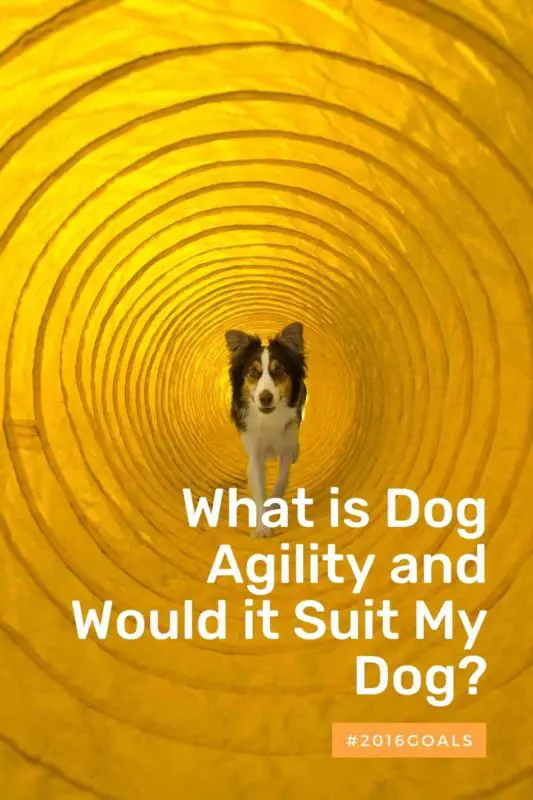What is Dog Agility Training?
Agility is ideal for high-energy dogs like Australian Shepherds and Border Collies. Teams of two (handler and dog) compete against the clock to complete an obstacle course as accurately as possible. Dogs competing in these events have to be trained to a high standard as their handlers can only guide them by using their voice and body signals. Handlers are unable to touch either the dog or any of the obstacles during dog agility events.
Do Agility Dogs Make Money?
Dog agility is a sport that is becoming more and more popular with dog owners all over the world. While competitions can offer prize money, they generally do not cover the cost of entering and competing in the competition. Dog agility can be a fun sport to be involved with. While the payoffs are not financial, there are other rewards, such as increasing the bond you have with your dog, exercising for both you and your dog, and increasing socialization opportunities for your dog.
Should My Dog Do Agility?
If you are looking to improve the way you communicate with your dog, agility training could be the right option. If you are looking to increase the amount of physical exercise and mental stimulation your dog receives, agility training could be the right option for your dog. Agility provides many benefits for both you and your dog, including:
- Improving how you communicate with your dog
- Increases the bond you have with your dog
- Your dog learns to trust you
- Exercises your dog’s body and mind
All these benefits combined can result in a reduction of behavior problems – for you and your dog.
If you would like to find out more about dog agility, check out these excellent books.
What Obstacles Are in a Dog Agility Course?
An agility course usually comprises around 15 – 20 obstacles that a dog has to travel through, over, or around on its handler’s direction.
There are usually three contact obstacles:
- A-Frame
An A-Frame obstacle is two ramps hinged together (at the short end) to form a triangle. The dog needs to make contact with certain areas of the frame, which are usually clearly marked.
- Dog Walk
Similar to a catwalk, a dog walk is a raised plank with access ramps at both ends. As it is a contact obstacle, the dog must contact some regions of the obstacle, marked for accurate judging.
- See-Saw
The third type of contact obstacle found in agility courses is a see-saw. An agility see-saw is one plank supported by a central bracket as the dog moves along the obstacle, the plank tips giving the see-saw effect. Certain areas on the obstacle that the dog has to make contact with are marked.
Our Recommendations for Dog Agility Contact Obstacles
Along with these three standard contact obstacles, an agility course also contains other obstacles such as:
-
Weave Poles
Weave poles are a straight line of around 12 flexible poles the dog has to weave through.
-
Pipe Tunnel
A curved tunnel that the handler needs to guide the dog through.
-
Hurdles
The height of the hurdles depends on the size of the competing dog.
-
Hoop
An agility hoop is a raised circular obstacle that the dog jumps through without touching the hoop.
Our Recommendations for Dog Agility Equipment
Home Dog Agility Course
If you want to add an extra dimension to your Home Olympics or playing games isn’t for you or your dog, you can make your own agility course using reasonably simple materials.
Weave poles, hoop jumps, hurdles, and standard jumps can all be made using PVC piping.
You can make a see-saw by creating a central bracket out of PVC pipes and attaching a plank to this using plumber straps. Make sure the see-saw has some form of grip so your dog won’t slip off.
A child’s tunnel can be used as an agility tunnel. Buy a flexible one so you can create the curve.
If you would like further ideas on the best activities to do with your dog, check out our article ‘The Best Summer Activities for You and Your Dog.’
Article written by Author: Kim Boatman and The Dog Daily Expert


Pingback: What Are Dog Olympics and Does Your Dog Have What it Takes?
Pingback: The Best Summer Activities for You and Your Dog to Try